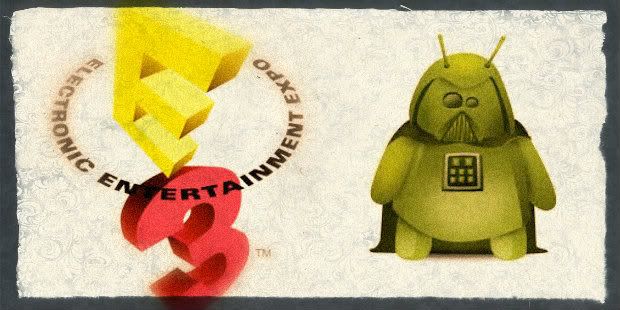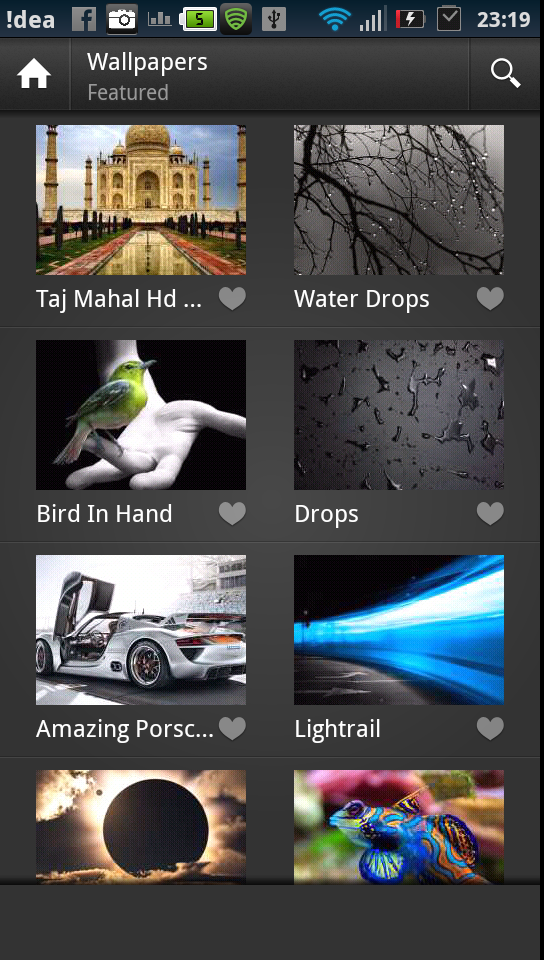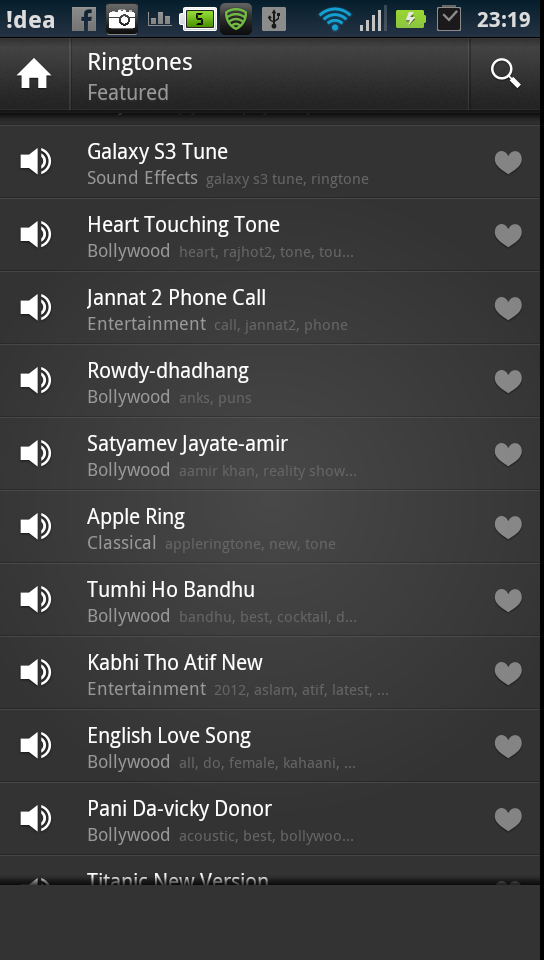
With the launch of Samsung's new flag ship phone, the Galaxy S3 the boundaries of mobile computing have been pushed to an entirely new level. In this article we pit the new and shiny S3 against last years champion Galaxy S2. We'll try to highlight the major updates and put some light on the actual ground realities. Hopefully by the end of this article you will be able to decide whether you should shell out the extra bucks for the S3 or grab a cheap deal on the S2. People who already own the S2 will get some sort idea whether they should upgrade or not.
Our major focus will be on the hardware which is the main determinant of performance.
Design:
The S3 (136.6 x 70.6 x 8.6 mm) is bigger, wider and a tiny bit fatter than the S2(125.3 x 66.1 x 8.5 mm). Its also 17 grams heavier than the S2. The bigger size is mainly to the slightly bigger screen.
What this means for you ...
If you are comfortable with the S2 in your pocket then the S3 won't give you any pocket trauma. The slightly bigger size also allows for spacier screen layout so people with fat fingers will find some relief.
Display:
The S3 sports an amazing 1280 X 720 AMOLED. You have to experience the screen to see how amazing it is. The pixel density is around 308 ppi which make for some stunningly crisp images and videos. The S2 is not that far behind supporting 800 X 480 AMOLED screen with 217 ppi density.
The display on both phones is capacitive and supports multitouch. S3 is protected by a Gorilla Glass 2 panel as compared to the Gorilla Glass 1 panel of the S2 (the have version numbers for glass panels these days... what has the world come too ).
What this means for you ...
The display on both phones is excellent but if you hold them side by side the S3 steals the show. The greater ppi(pixels per inch) density definitely show. The gorilla glass panel gives the display a lot of protection, so you are good with small drops(don't test this... If you do then do it on a friends phone :P).
The color saturation on the S3 is visibly better than on the S2. The S3 definitely ups the S2 in this comparison.
Memory (Onboard + Flash):
RAM: The galaxy S2 has 1GB of RAM making it a sufficiently capable device. The situation with the S3 is a little more complicated. The recently launched model has 1GB of RAM but a recent press release by Samsung said that they would be offering a 2GB version of the S3 in some regions of the world. Whats even more mysterious is the fast that if you go for the double the RAM, you would have to settle for a dual-core S4 processor instead of a quad-core Exynos, so choose carefully.
The S3 comes in 3 versions - 16 GB, 32 GB, and 64 GB. Also Galaxy S3 supports MicroSD memory card till 64 GB (this was limited to 32GB in the S2).
What this means for you ...
Having an extra Gig of RAM can come in handy. As you know the android platforms maintains Apps in memory. So more memory means more App states can be saved which equals better multitasking and faster loads. The extra RAM might also come in handy as more and more graphically demanding games and media editing software are being released. Better to be future proof than sorry... that what I say.
Processor:
Both phone use a variation of the ARM based Samsung's Exynos 4 SoCs(System-on-Chips). The Galaxy S2 uses a dual core 1.2 GHz Cortex-A9 CPU coupled with a quad core ARM-Mali-400 GPU.
The S3 on the other hand boast a quad Core 1.4 GHz Cortex-A9 CPU coupled with the same Mali-400 GPU as the S2.
The chip on S2 uses 45nm semiconductor tech. and that on the S3 uses 32nm semiconductor tech. So in theory the S3's chip should consume less power than the S2 's (explaining semiconductor technology is beyond the scope of this article and certainly beyond me). You can read more about the S3's processor specs on
AnandTech.com.
What this means for you ...
More processing power is a good thing but do we really need the extra cores and the extra GHz. Sure ICS is said to be optimized for a multi core environment but unless the applications themselves implement the multiprocessor paradigm having more cores will be like having an extra set of balls. You can skip the S3 if your only motivation is clock speeds. The newer CPU is definitely be around 20% faster and a little more battery friendly.
Battery:
With no major advances being made in Li-Ion technology in the past year ... bigger is definitely better.
S2- 1650 mAh
S3 - 2100 mAh .
Camera:
Both phones have a rear 8MP auto-focus LED-flash camera. Capable of 3264 X 2448 pixels and 1080p video at 30fps.
The rear camera take a backseat in the S3 (1.9MP as compared to 2MP in the S2).
Well have a separate article out about the S3's camera diving deep into the new feature it supports.












